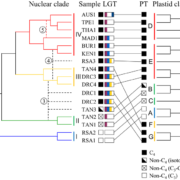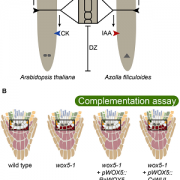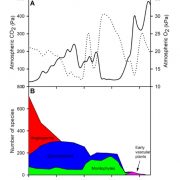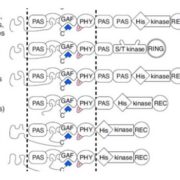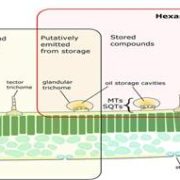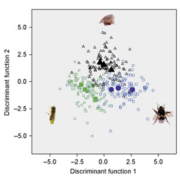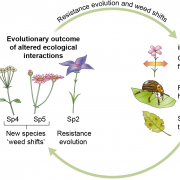Opinion: Ménage-à-trois hypothesis of plastid endosymbiosis ($)
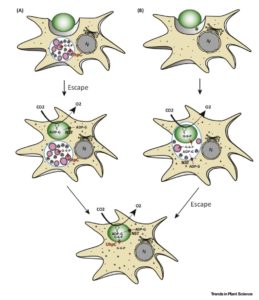 It is well established that plastids are derived from the primary endosymbiosis of an ancient cyanobacterium into a eukaryotic host cell, but this understanding does not explain all of the evidence, nor does it explain how the nascent endosymbiont evaded the host cell’s defense mechanisms. Recently, the ménage-à-trois hypothesis (MATH) was proposed. According to MATH, the eukaryotic host of the photosynthetic cyanobacterium also hosted an intracellular chlamydial pathogen (Chlamydiales are obligate intracellular bacterial pathogens and include the causal agent of a human sexually-transmitted disease). Cenci et al. review the evidence for MATH, which includes the presence of Chlamydiales genes in the eukaryotic host’s nucleus, and evidence of transporters and metabolic pathways of Chlymydiales origin. This hypothesis suggests that the success of the primary endosymbiosis was due in part to a pre-adaptation of the host that facilitated its success. Trends Plant Sci. 10.1016/j.tplants.2016.12.007
It is well established that plastids are derived from the primary endosymbiosis of an ancient cyanobacterium into a eukaryotic host cell, but this understanding does not explain all of the evidence, nor does it explain how the nascent endosymbiont evaded the host cell’s defense mechanisms. Recently, the ménage-à-trois hypothesis (MATH) was proposed. According to MATH, the eukaryotic host of the photosynthetic cyanobacterium also hosted an intracellular chlamydial pathogen (Chlamydiales are obligate intracellular bacterial pathogens and include the causal agent of a human sexually-transmitted disease). Cenci et al. review the evidence for MATH, which includes the presence of Chlamydiales genes in the eukaryotic host’s nucleus, and evidence of transporters and metabolic pathways of Chlymydiales origin. This hypothesis suggests that the success of the primary endosymbiosis was due in part to a pre-adaptation of the host that facilitated its success. Trends Plant Sci. 10.1016/j.tplants.2016.12.007


